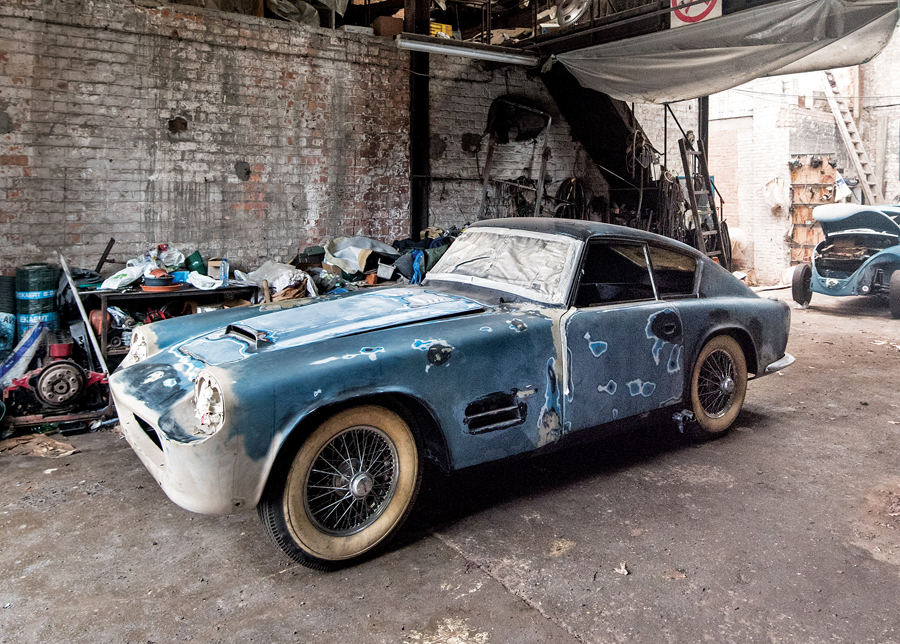Chassis Number: S814286
Chassis S814286 was built on May 25, 1955, as a left-hand-drive XK 140 SE coupe. The Jaguar was delivered new in France via the French distributor, Charles Delecroix, to its first owner, Mme. Jeanne Gaymard in Paris.
It is the 286th left-hand-drive coupé built, with body number J4457. The original colour scheme was cream with two-tone blue interior.
In 1957 the car had an accident. As the original body was beyond repair, the XK came under the eye of the famous Italian coachbuilder Giovanni Michelotti, to be rebodied to one of his bespoke designs.
Michelotti designed three bodies for XK 140s around this time. All three are different, making this car unique. Its high waistline and fastback styling would have been considered avant-garde for the 1950s.
In the course of the rebuild, the interior, instruments and other details were all changed to Michelotti’s custom design.
Roland Urban, French Jaguar Drivers Club president and a collector with a particular interest in one-off Jaguars, bought the XK 140 and registered it in Haute-Vienne, France.
In 1999, the XK 140 was bought in Brussels by the late owner, Mr. Schepens, a Ghent-based coachbuilder. Mr. Schepens was a Jaguar enthusiast who had owned an E-type Series I roadster and Series I coupe at the same time in the 1970s.
Schepens registered the car and drove it for some years, and in the mid-2000s decided to undertake a full restoration, which by then had become a necessity. Sadly, Mr. Schepens passed away in 2016 at the age of 80, leaving the car unfinished in its garage together with 10 other cars that have been there for many years.
When researching this very special Jaguar, it was discovered that the engine block bears the number E1016-8. This engine number was at one time installed in the C-type XKC016.
It is probable that the accident that destroyed the original body also damaged the original engine, which needed replacing. It is possible, as C-type XKC016 was retired from racing in the same period, that its engine was removed and installed into the newly rebuilt S814286. So it would seem that the engine and gearbox have been in this car for most of its life — presumably from 1957 onwards.
Mr. Schepens was very much an animal lover. Childless, he decided that his cars would be donated after his death to the animal rescue centre in Ghent, which is now selling this XK 140 and will use the sale proceeds to continue the construction of its new centre.

